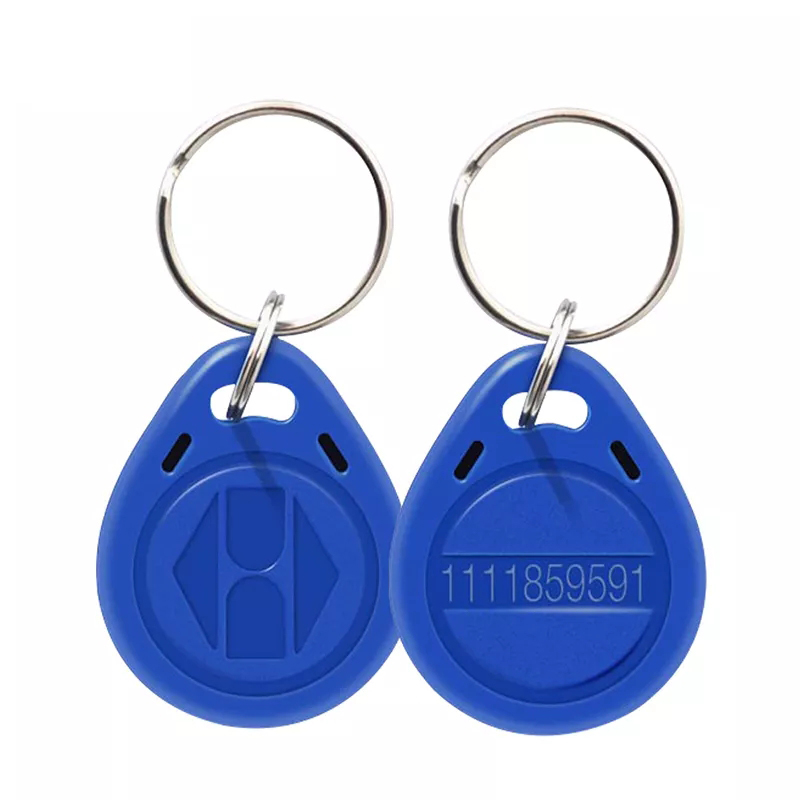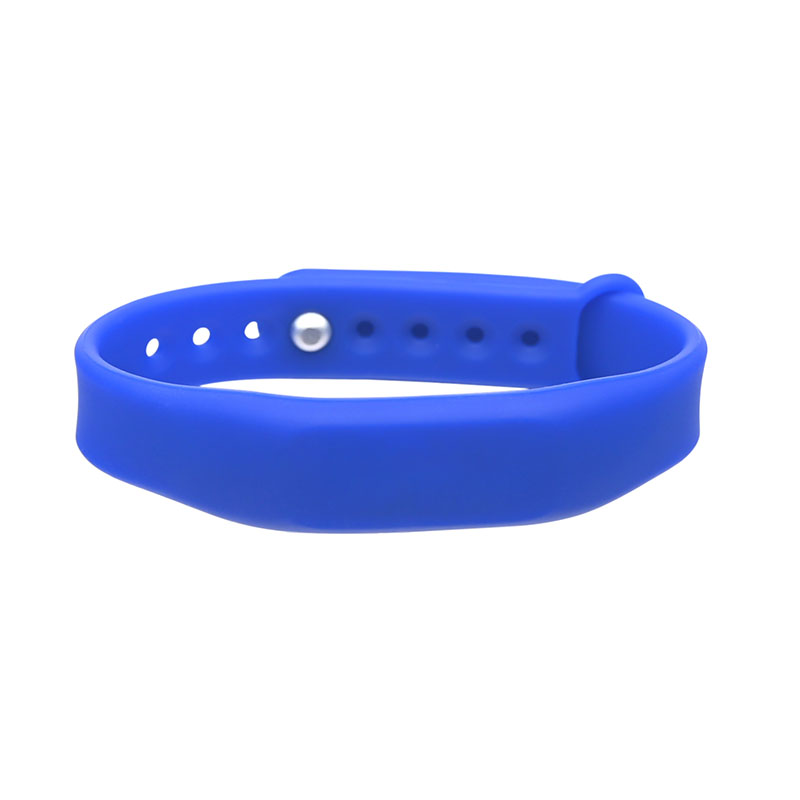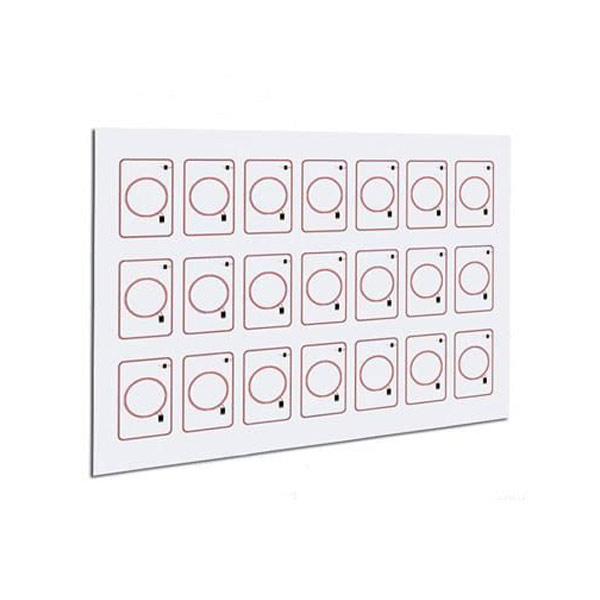
Introduction: Transforming Modern Events with RFID Technology
As the global events industry evolves, RFID wristbands have emerged as a powerful tool to elevate operational efficiency and enhance attendee engagement. These smart wristbands utilize radio frequency identification to streamline access control, enable secure cashless transactions, gather real-time insights, and create personalized experiences. From multi-day music festivals to international trade shows and sports arenas, RFID wristbands are redefining the standard for seamless, data-driven event experiences.
No longer a novelty, RFID wristbands are now a key component in delivering exceptional events. Their ability to simplify logistics, reduce wait times, and support brand storytelling has made them a go-to solution for organizers who value innovation and guest satisfaction. This guide explains what RFID wristbands are, how they work, and why they are becoming indispensable across diverse event landscapes.
What Exactly Are RFID Wristbands?
RFID (Radio Frequency Identification) wristbands are wearable devices embedded with a microchip and antenna, allowing wireless data exchange with RFID readers. Each wristband can store attendee information, event credentials, access rights, or payment balances. When scanned, the wristband communicates with backend systems to validate or process transactions instantly.
Core Components:
Embedded RFID Chip: Encodes a unique ID and programmable data
Antenna Loop: Enables signal transmission to nearby readers
Wristband Material: Commonly available in silicone, woven fabric, Tyvek, PVC, or sustainable options
Frequency Types:
LF (Low Frequency) – Limited range, used in specialized applications
HF (High Frequency, including NFC) – Widely adopted for event wristbands due to mid-range capability and smartphone compatibility
UHF (Ultra High Frequency) – Long-range detection suitable for large-area monitoring
Key Functional Advantages of RFID Wristbands
RFID wristbands deliver a range of integrated functionalities, benefiting both event attendees and organizers.
Streamlined Entry Control
Users gain venue or zone access with a tap, eliminating manual checks and long queues. RFID readers validate access rights in real-time, reducing bottlenecks and enhancing safety.
Contactless Payment Capabilities
Attendees can load funds onto their RFID wristbands or link them to a payment method, allowing for fast, hygienic transactions at food stalls, merchandise booths, and bars. This not only improves user convenience but also increases transaction volume.
Real-Time Data Tracking
Organizers receive live insights into attendee behavior, crowd flow, and dwell time, enabling responsive staffing, crowd control, and targeted marketing. These insights also support future event planning and vendor accountability.
Enhanced Guest Personalization
When wristbands are connected to user profiles, attendees can receive custom greetings, exclusive content, or tailored promotions. This builds emotional engagement and strengthens brand loyalty.
Fraud Mitigation and Enhanced Security
Each RFID tag is unique and can be encrypted, minimizing the risk of counterfeit tickets or unauthorized duplication. Wristbands can be remotely deactivated if lost, and their activity can be monitored in real-time.
Environmentally Friendly Options
With increased focus on sustainability, many RFID wristbands are now produced using biodegradable or recyclable materials, supporting eco-conscious events without compromising on functionality.
Where RFID Wristbands Are Making an Impact
RFID wristbands are increasingly popular across multiple event formats:
Music Festivals: Events like Lollapalooza and Glastonbury use RFID wristbands for seamless entry, cashless purchases, and fan interaction zones.
Sporting Events: Stadiums employ RFID to manage crowd access, monitor seating zones, and offer loyalty benefits.
Conferences and Expos: RFID tracks session attendance, simplifies lead capture, and improves networking with real-time data.
Theme Parks and Resorts: Visitors use wristbands for park entry, ride reservations, and hotel room access, creating an all-in-one pass.
Fundraisers and Galas: Organizers enhance donation collection and guest personalization, while tracking donor engagement.
Wellness and Lifestyle Events: From yoga festivals to pop-up fitness expos, RFID ensures smooth flow and data collection.
Choosing the Right RFID Wristband for Your Event
Not all RFID wristbands are created equal. Selecting the right type involves understanding the specific needs and nature of your event.
Materials and Durability
Silicone: Ideal for water-resistant, multi-day outdoor events
Fabric/Woven: Comfortable and highly brandable, commonly used for music festivals
PVC/Tyvek: Cost-effective for one-time or short-term use
Eco-Friendly: Biodegradable or recycled material options for sustainable events
Frequency Selection
HF/NFC: Great for user interaction, mobile compatibility, and point-of-sale systems
UHF: Best suited for long-range applications like crowd tracking or asset management
Branding Opportunities
Custom graphics, woven patterns, embedded LEDs, and NFC-enabled features allow for immersive branding and anti-counterfeiting measures. Wristbands can double as souvenirs, prolonging brand visibility.
Integration Requirements
Ensure your RFID wristbands integrate with your existing event platforms, such as CRM systems, ticketing software, POS terminals, and data dashboards.
Vendor Selection
Look for a provider with end-to-end capabilities—consulting, customization, hardware supply, technical support, and analytics reporting. A knowledgeable vendor ensures smooth deployment and operational efficiency.
Budget Planning
While upfront costs may be higher, RFID wristbands generate long-term ROI through increased revenue, lower fraud, better analytics, and higher attendee satisfaction. Evaluate both tangible and intangible benefits when budgeting.
The Evolving Future of RFID Wristbands
RFID wristbands are becoming more intelligent and interconnected. In the coming years, we can expect:
Seamless integration with IoT devices for contextual interactions
More advanced hybrid features supporting both live and virtual event environments
Multi-layered security with biometrics and facial recognition
AI-driven insights for predictive event planning and real-time decision-making
These advancements will further elevate the strategic value of RFID in creating smarter, safer, and more personalized events.
Final Thoughts: A Smart Investment in Event Success
RFID wristbands are far more than entry tools—they're a dynamic solution that fuses technology, data, and design into one powerful device. By simplifying entry, enabling secure transactions, and personalizing experiences, RFID wristbands help events run efficiently while delivering exceptional value. For any event looking to scale innovation and impact, RFID is the smart step forward.
Why Work With Us?
15+ years of RFID industry expertise
Wide range of RFID products: wristbands, cards, tags, key fobs
ISO-certified production and encrypted data protection
Tailored solutions for events of all sizes
Get in touch today to learn how our RFID technology can power your next event with precision and performance.





